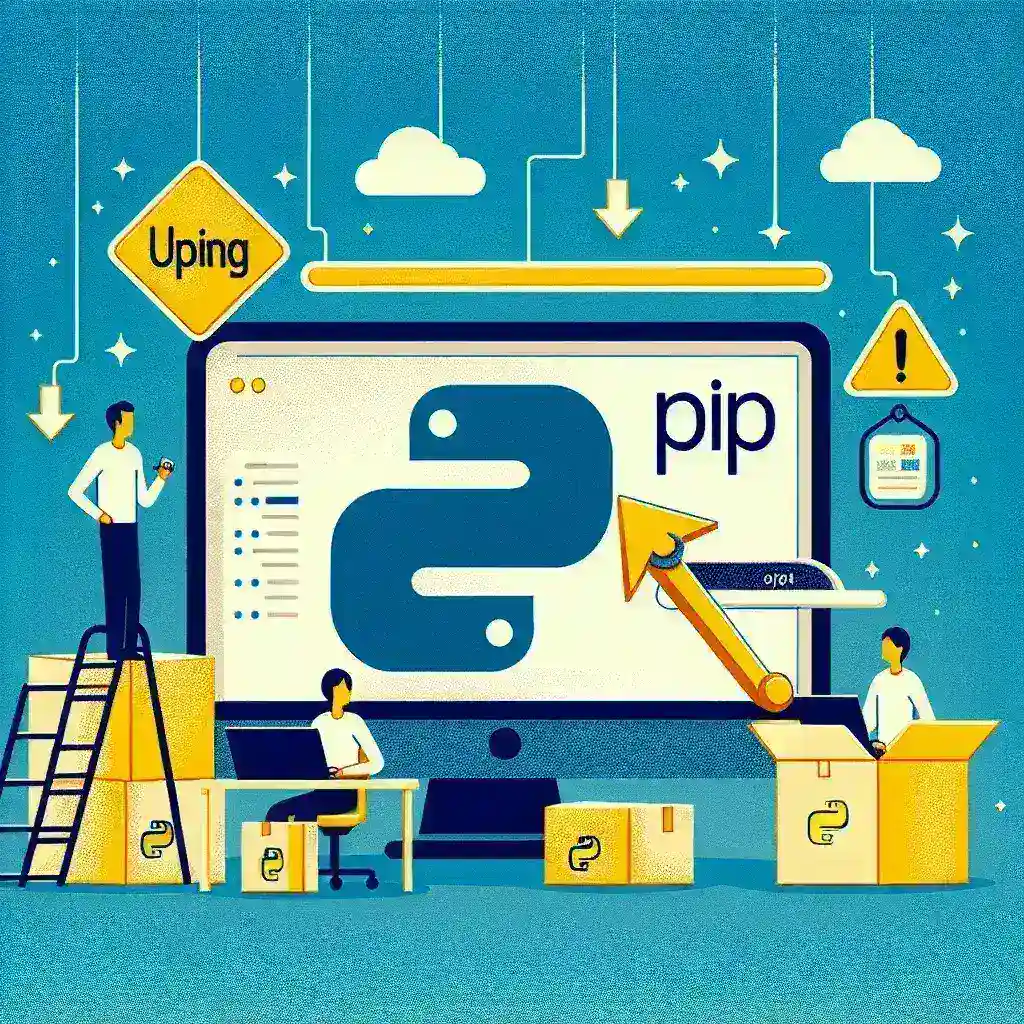Introduction:
Keeping your Python packages updated is essential to ensure your projects run smoothly and securely. One of the most popular package managers for Python is Pip. In this guide, we will walk you through the steps to upgrade Pip, catering to both beginners and experts.
For Beginners:
If you are new to Python development, upgrading Pip can be a straightforward process. Follow these simple steps:
- Step 1: Open your command line interface.
- Step 2: Type the following command and hit Enter:
pip install --upgrade pip - Step 3: Wait for the process to complete.
That’s it! Your Pip is now upgraded to the latest version, ready to manage your Python packages efficiently.
For Experts:
If you are an experienced Python developer, you might want to explore additional options while upgrading Pip. Here are some advanced tips for you:
- Step 1: Consider using virtual environments to isolate your projects.
- Step 2: Check for compatibility with other tools in your development environment.
- Step 3: Peruse the release notes for the latest Pip version to understand new features or changes.
By following these steps, you can not only upgrade Pip but also optimize your Python development environment for better productivity.
Conclusion:
Whether you are just starting with Python or have been coding for years, upgrading Pip is a fundamental task. By staying up to date with the latest version, you can leverage new features and bug fixes, ensuring your projects are robust and secure. Use this guide to upgrade Pip and take your Python development to the next level!
